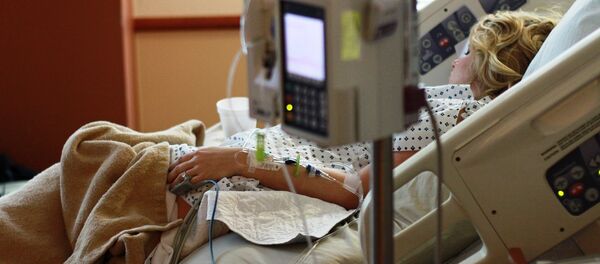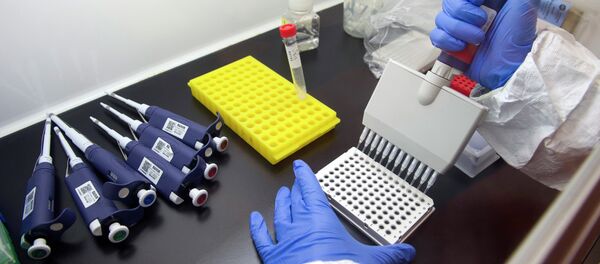The study was published in the journal Philosophical Transactions of the Royal Society B.
"Our research suggests that there must be a planet-wide mechanism that ensures the exchange of bacteria between faraway places," senior author Konstantin Severinov, a principal investigator at the Waksman Institute of Microbiology and a professor of molecular biology and biochemistry at Rutgers University-New Brunswick, told multiple media sources.
"Because the bacteria we study live in very hot water — about 160 degrees Fahrenheit — in remote places, it is not feasible to imagine that animals, birds or humans transport them. They must be transported by air, and this movement must be very extensive so bacteria in isolated places share common characteristics."
The researchers collected Thermus thermophilus bacteria, used in a range of biotechnological applications, from hot gravel on Mount Vesuvius in Campania, Italy; hot springs on Mount Etna in Italy; hot springs in the El Tatio and Termas del Flaco regions in Chile; and the Uzon caldera in Kamchatka, Russia.
Bacterial cells infected with viruses store molecular memories of their encounters with those viruses in DNA called CRISPR arrays. CRISPR, an acronym that stands for Clustered, Regularly Interspaced, Short Palindromic Repeats, refers to the organization of repeated DNA sequences found in the genomes of bacteria and other microorganisms that they use to protect themselves from viruses. If a bacterial cell is invaded by a virus, the CRISPR immune system of the bacterial cell can destroy the genome of the virus, which includes genetic material required for the virus to successfully replicate and infect the bacterium.
According to the researchers, bacterial cells exposed to viruses can pass memories of the virus — small segments of viral DNA — to their offspring. The scientists initially assumed that bacteria of the same species living thousands of miles apart in hot springs would have different molecular memories of their interactions with viruses. However, analysis of their bacteria samples yielded surprising results.
"What we found, however, is that there were plenty of shared memories — identical pieces of viral DNA stored in the same order in the DNA of bacteria from distant hot springs," Severinov said.
"Our analysis may inform ecological and epidemiological studies of harmful bacteria that globally share antibiotic resistance genes and may also get dispersed by air instead of human travelers," he added.


